From vegnews.com
Vegan pastry chef Fran Costigan shares seven must-know tips that will bring your sweet treats to the next level
The more I make desserts, the more certain I am that there is no one-size-fits-all to using and choosing sweeteners, cocoa, starches, or other ingredients. Try some of the following suggestions and see if you don’t find your already amazing vegan desserts are even more delectable!
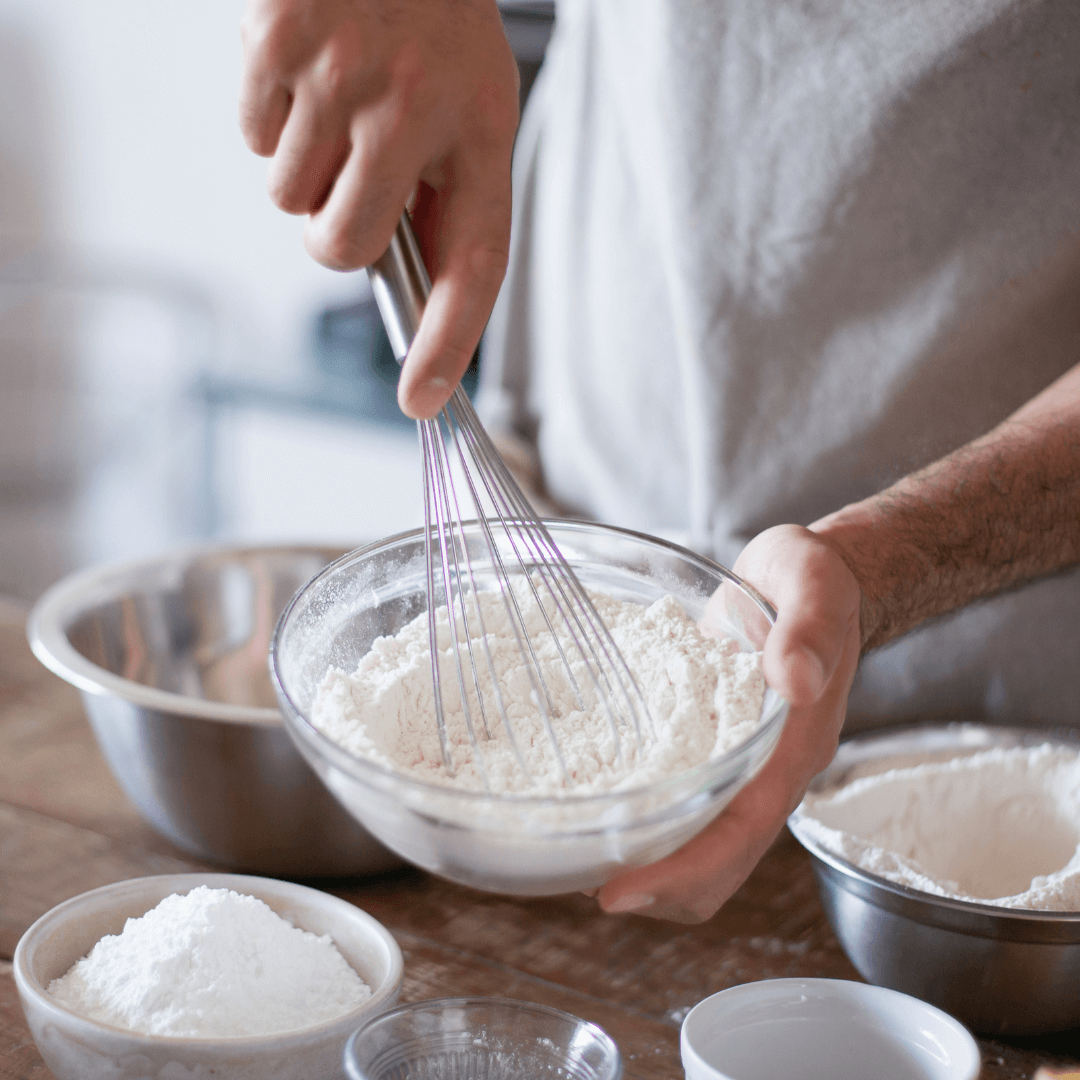
1Gather your ingredients and equipment.
Nothing new here, but a reminder nonetheless: Do a mis en place first! This simply means to get all your equipment and ingredients together so you can get prepped before you begin to make the recipe. Find your dry and liquid measures. Prepare your baking pans. Set the oven rack to the correct position, preheat the oven, and check your oven thermometer. Nuts or seeds to soak? Tofu to blanche? Chocolate to chop or melt, oil to chill, or ingredients to bring to room temperature? Do it first! It will pay off when you’re in the throes of cake baking.
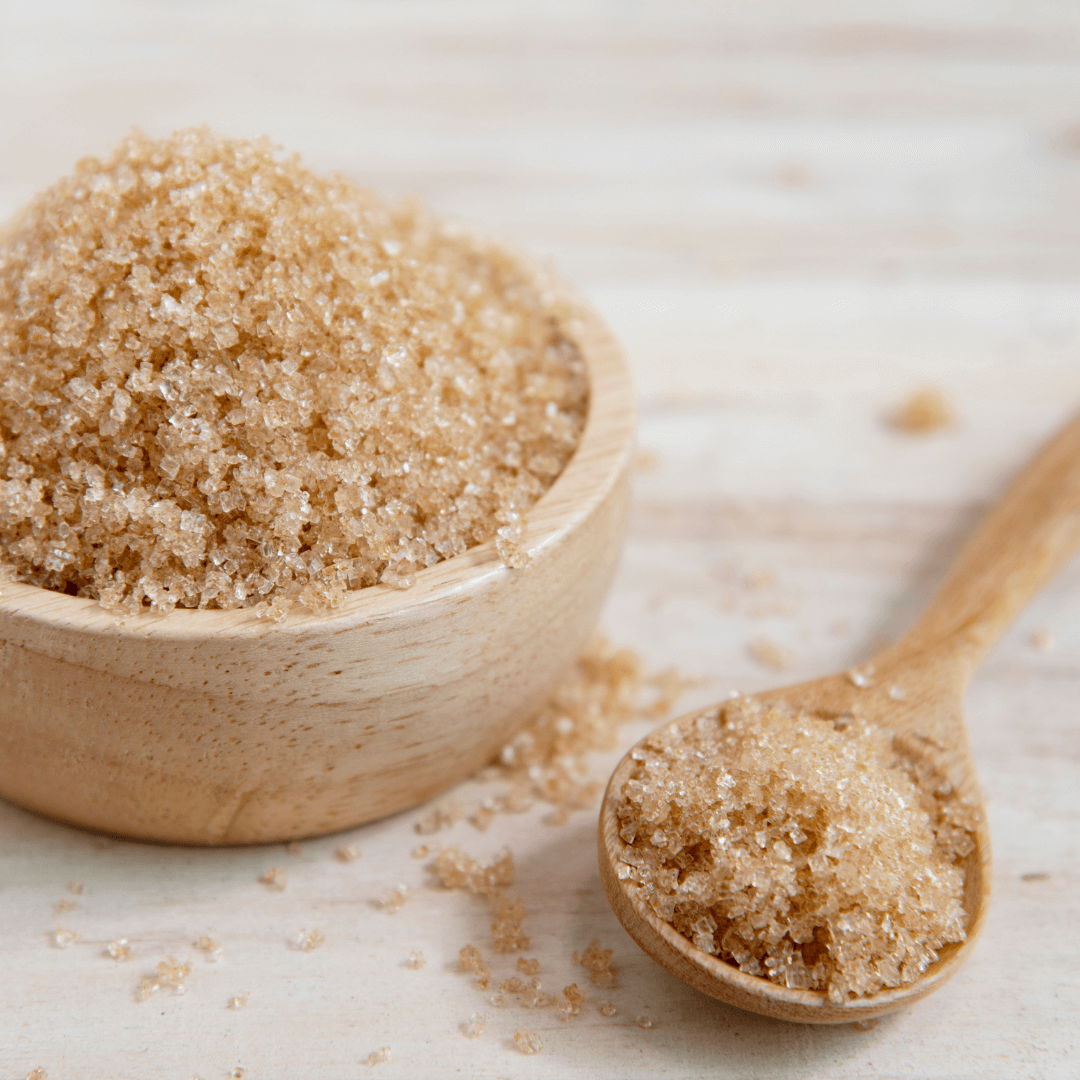
2Sugar, in its many forms, is a critical component of baked goods.
All granulated, organic sugars have larger crystals than refined white sugar, and grinding or powdering them before using will result in a baked dessert with the best crumb. Grind organic sugar (the light-coloured sugar from which most molasses has been removed) in a food processor until the crystals are relatively uniform and visibly smaller. Whole cane sugars (such as Sucanat and rapadura), on the other hand, retain all of the molasses, as reflected in their light brown colour and caramel taste. Powder four cups of this very coarse sugar at a time in a high-speed blender and one cup in a standard blender. When stored in an airtight container, the prepared sugars will stay lump-free. Coconut palm and maple sugar are also best powdered and stored in airtight containers. Date sugar burns easily and does not dissolve; reserve this one for sprinkling over already-baked cobblers and crisps.
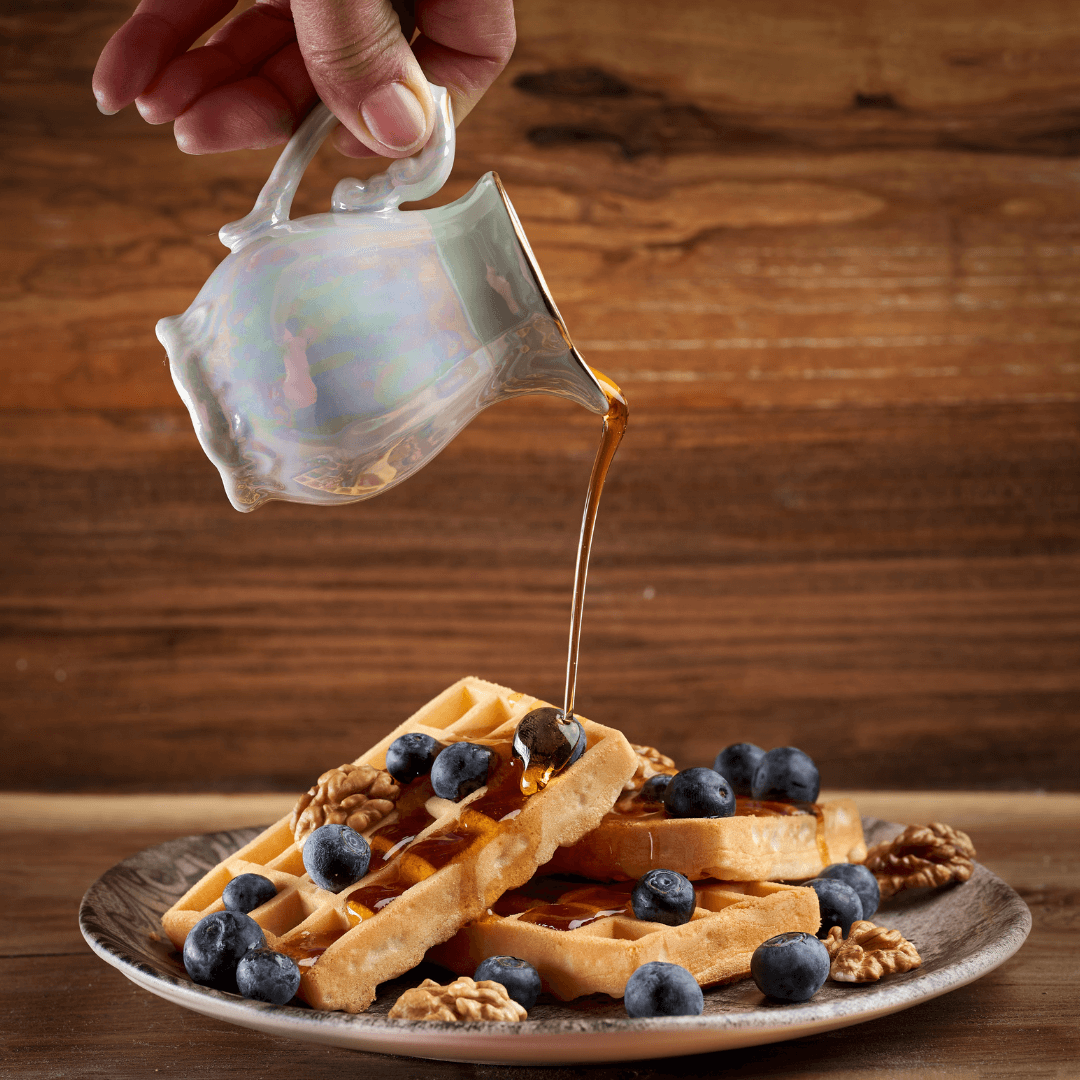
3Don’t swap out maple syrup with rice syrup or agave nectar.
Maple syrup was my sugar of choice more than 20 years ago when I left the butter-sugar-egg pastry kitchen, and I still like it. Use Grade B, which is dark. You’ll get more sweetness for your buck. If you’re stocking up or bulk buying, store it in your freezer (it becomes more viscous, like vodka) or refrigerator.
Rice syrup has a light caramel taste that I find irresistible. But, in my opinion, cakes made with rice syrup bake up gummy and are not sweet enough, while cookies and crisp topping generally come out too hard. Thick and sticky rice syrup is easier to measure and mix into batters, so warm it before measuring. To heat, open the jar of syrup and place it in a saucepan of very hot water. Stir a few times with a dinner knife until liquefied.
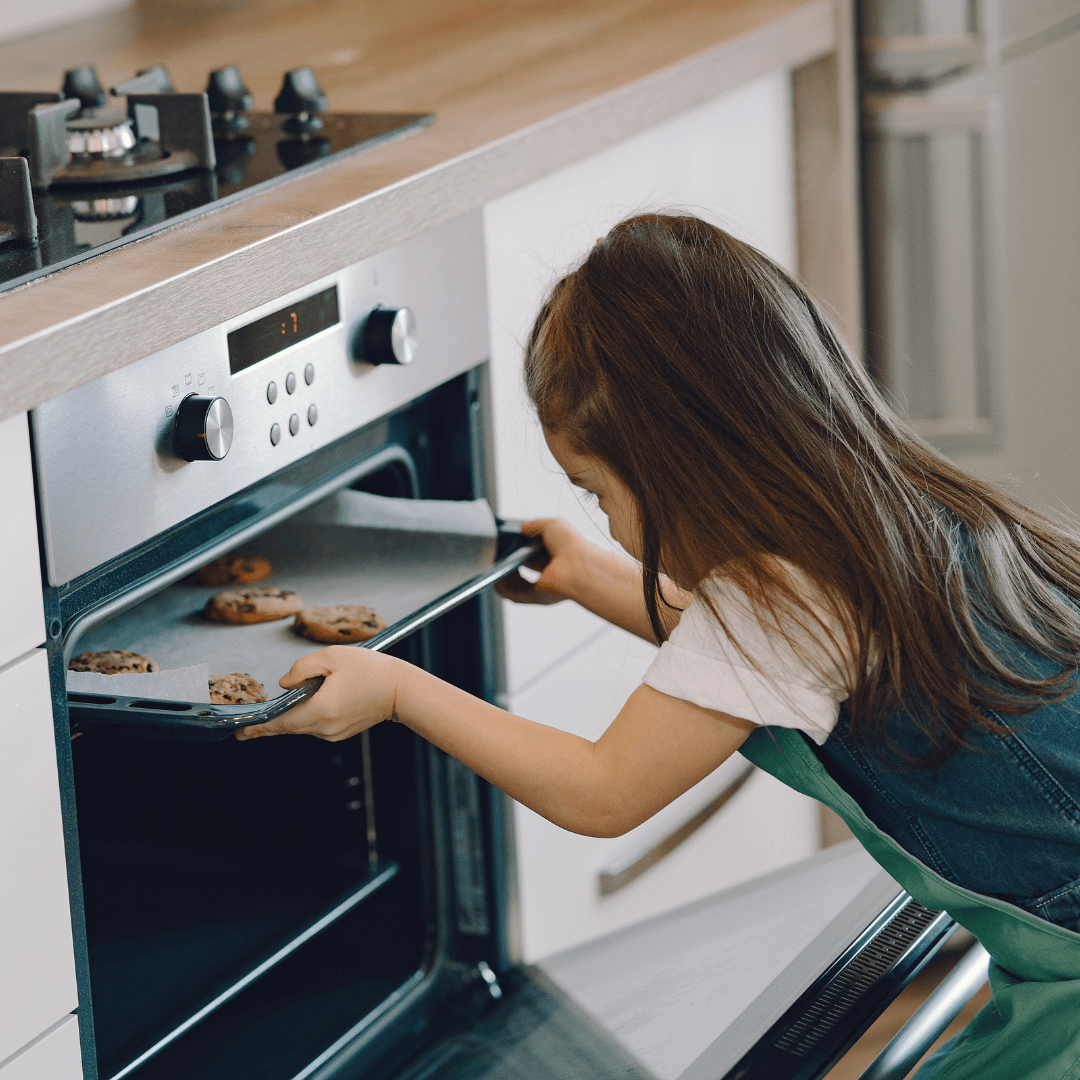
4Agar flakes will dissolve, but you can’t skip soaking.
Measure the flakes into your saucepan and pour the room-temperature liquid specified in the recipe over the flakes. Do not stir or heat, and let the agar soak for 15 minutes while you prep other ingredients.

5Arrowroot, cornstarch, and tapioca starches are not one-powder-fits-all.
All three powders, when combined with agar, add body and a creamy mouth feel to egg-free desserts. There is no difference in measurement when substituting one for another, but cooking applications differ. For example, don’t make chocolate pudding with arrowroot. My neighbour, cookbook author Linda Long, called to tell me that her go-to pudding did not thicken “after all these years.” Turns out she’d run out of cornstarch and subbed arrowroot. Arrowroot thickens just below the boil. If you cook or stir it longer, it is likely to thin. Cornstarch needs a full minute of boiling, and tapioca starch needs 45 seconds of boiling.
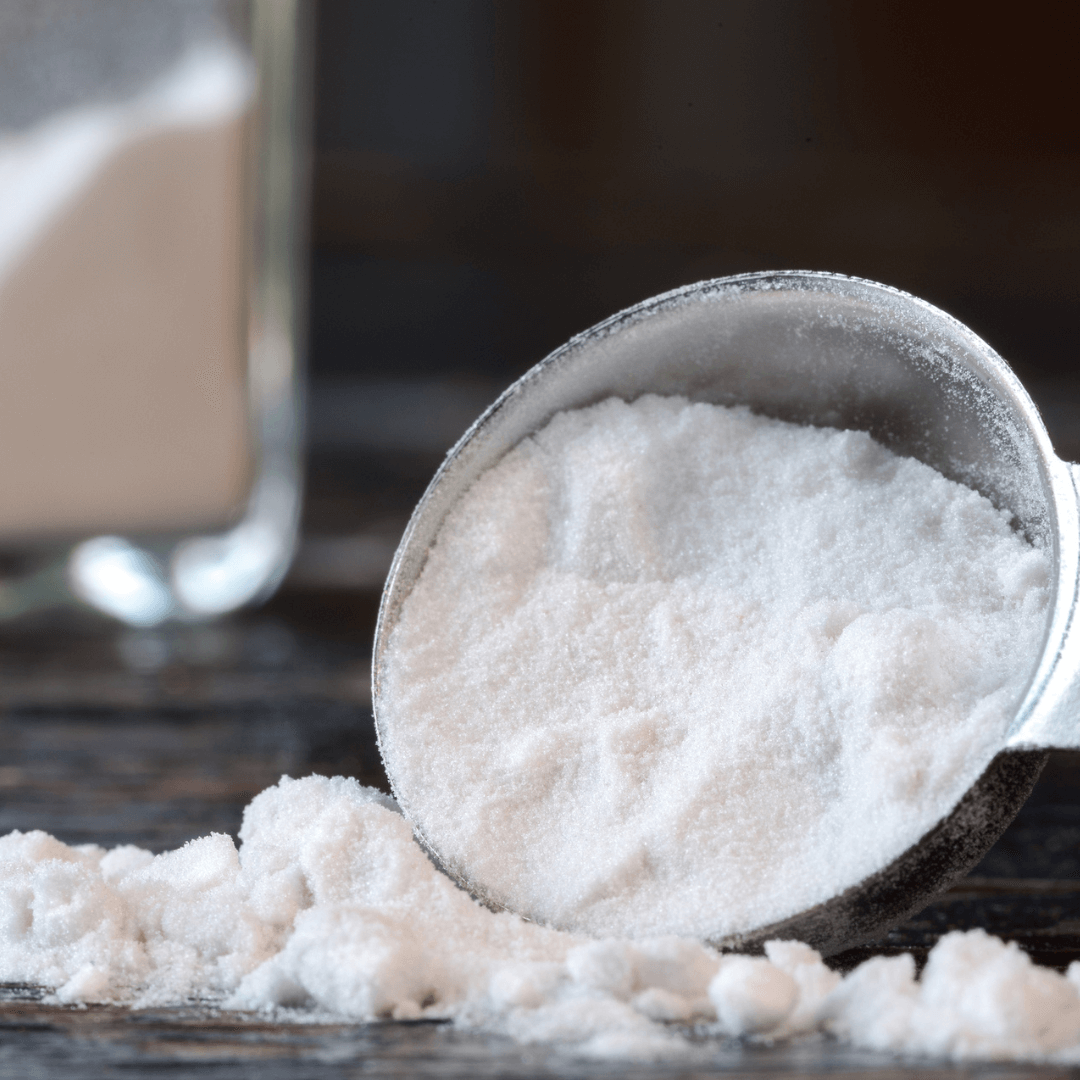
6There is no one-size-fits-all egg replacer, either.
When you sub-out eggs in recipes, be sure to make note of what function you are replacing. Binding? Liquid? Fat? Leavening? If you’re making cakes, you are likely already using vinegar in combination with baking powder and baking soda. Apple cider vinegar is the most reliable and wholesome choice.
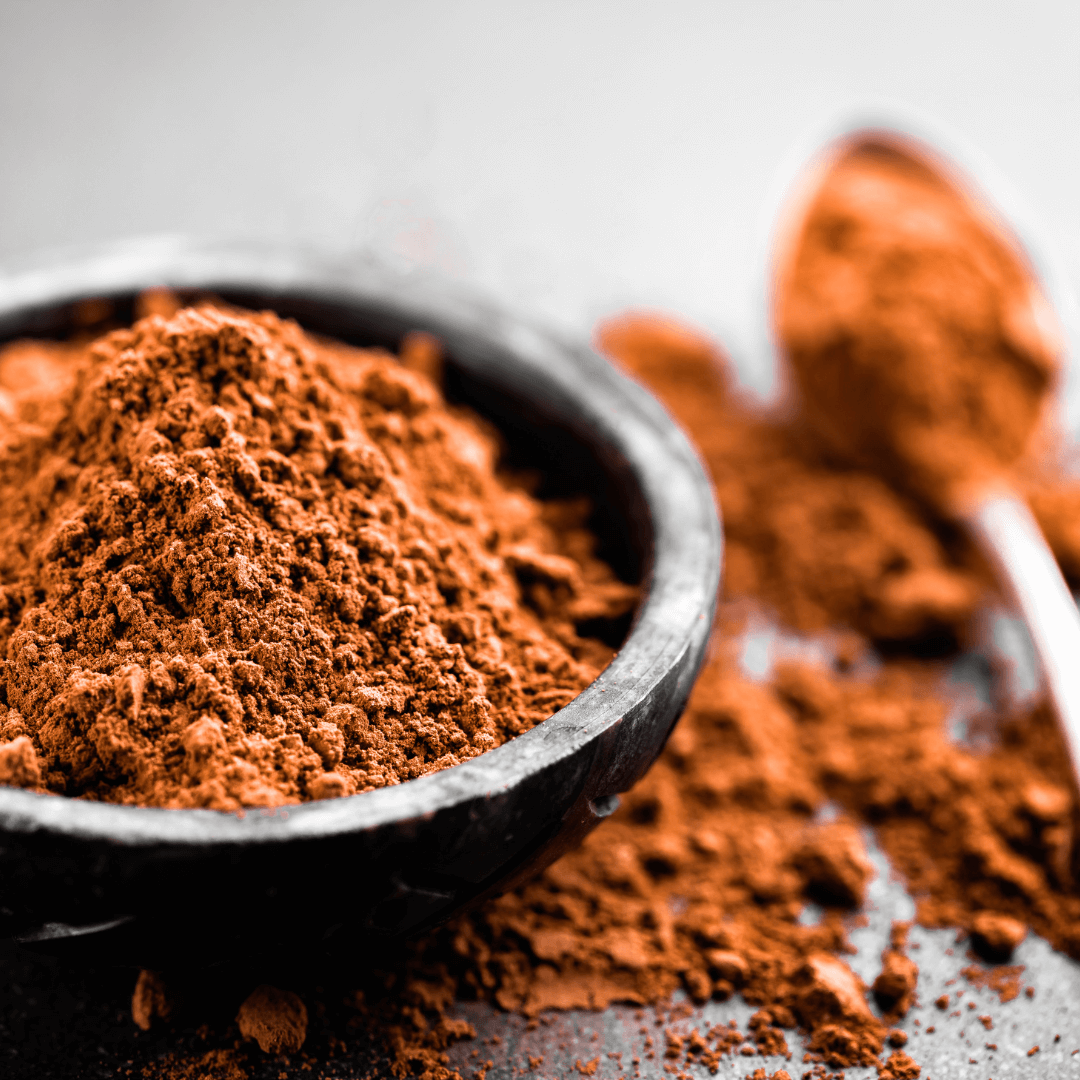
7Non-alkalized (natural) cocoa powder and Dutch-processed cocoa powder are not interchangeable.
If the recipe doesn’t specify the difference, check the leavening agent being used. If baking soda is listed, use natural cocoa. The very darkest cocoa powder, known as black cocoa, is what gives Oreos their distinctive colour. This highly alkalized cocoa doesn’t add flavour, so use only one to two tablespoons.
https://vegnews.com/2022/10/vegan-baking-tips-desserts
No comments:
Post a Comment